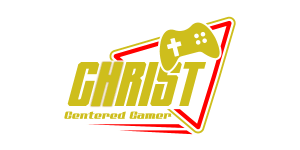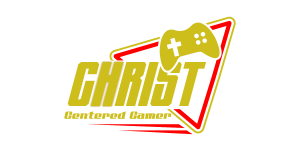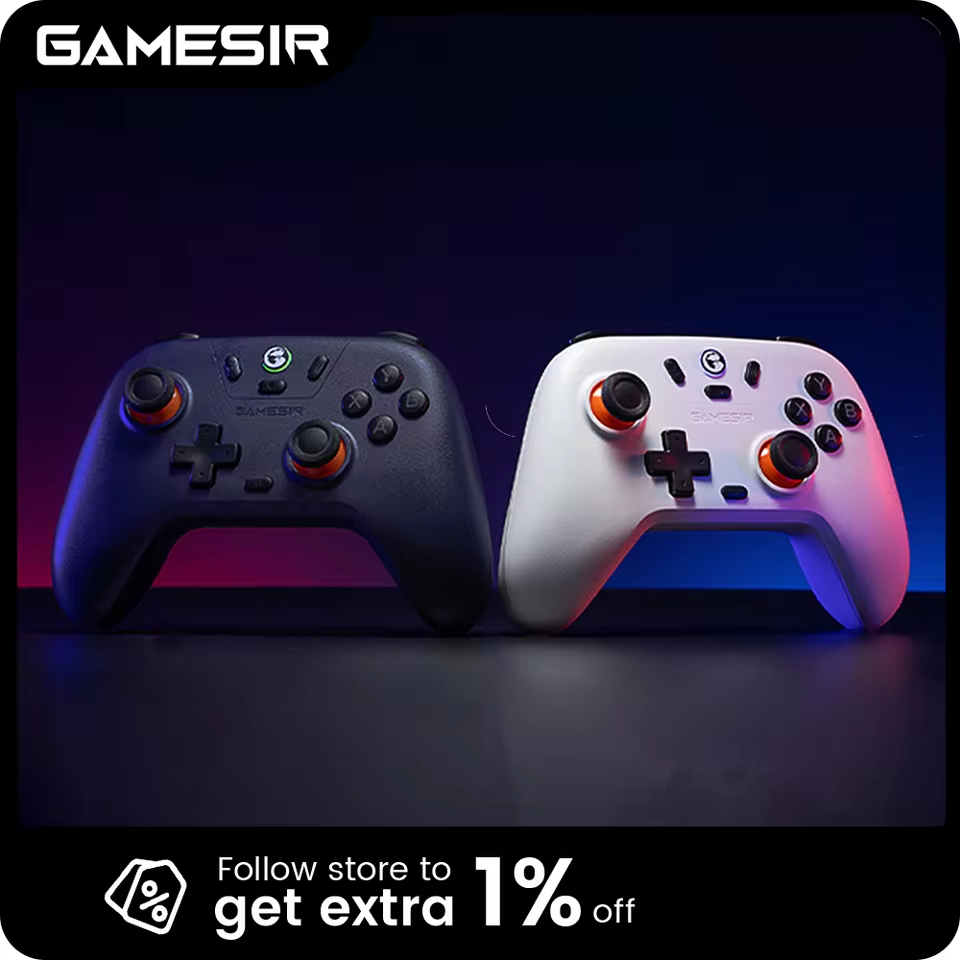Search
[{{{type}}}] {{{reason}}}
{{/data.error.root_cause}}{{{_source.title}}} {{#_source.showPrice}} {{{_source.displayPrice}}} {{/_source.showPrice}}
{{#_source.showLink}} {{/_source.showLink}} {{#_source.showDate}}{{{_source.displayDate}}}
{{/_source.showDate}}{{{_source.description}}}
{{#_source.additionalInfo}}{{#_source.additionalFields}} {{#title}} {{{label}}}: {{{title}}} {{/title}} {{/_source.additionalFields}}
{{/_source.additionalInfo}}- Details
- Category: Computer
- By Jason Gress
- Hits: 1609
Breakout Beyond (PC)
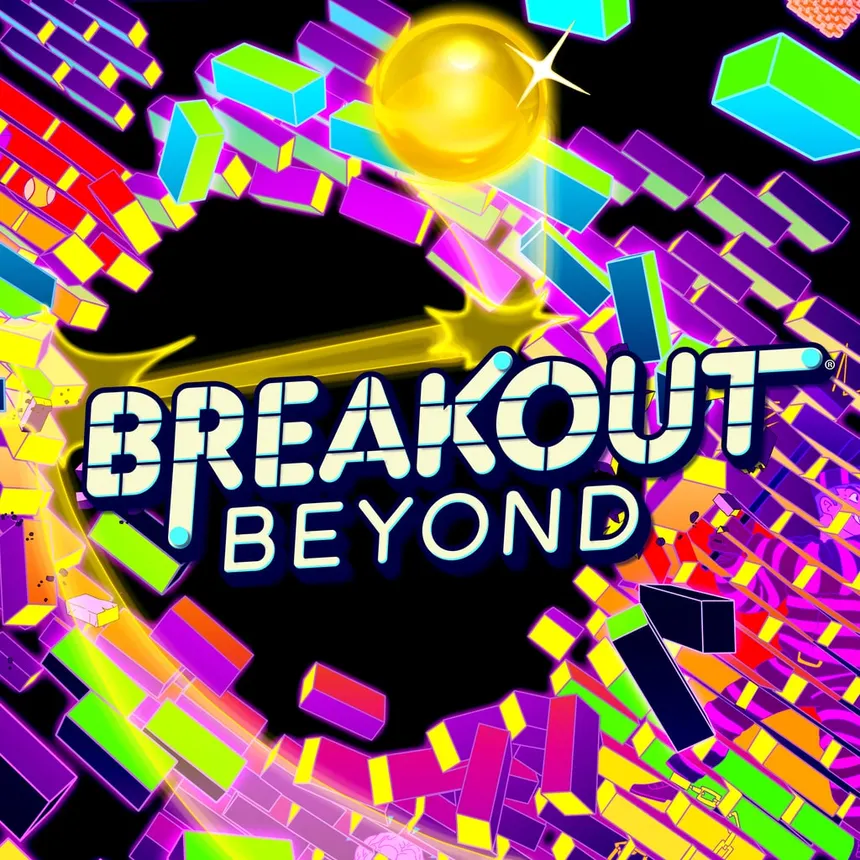
Breakout Beyond
Developed By: Choice Provisions
Published By: Atari
Release Date: March 25, 2025
Available On: Atari VCS, PlayStation 4/5, Switch, Windows, Xbox One/Series
ESRB Rating: E for Everyone
Genre: Arcade
Mode: One to two players, local only
MSRP: $14.99
Thank you Atari for sending us this game to review!
Breakout on the Atari 2600 was one of the first games I played. While simple, moving a paddle around the bottom of the screen bouncing balls into bricks could be fun, if a bit simple. In recent years, Atari released the enjoyable 'Breakout: Recharged' that was an attempt to spice up the formula, and it did a pretty good job. As it turns out, another modern Breakout remake was also in the works by the team behind Bit.Trip, Choice Provisions (they made some of the games under a different brand, Gaijin Games). What's interesting here is that it was originally developed for a (probably) dead micro-console, the Intellivision Amico.
An early demo of Breakout for the Amico was released in late 2019 on YouTube. While the game we have now in the form of Breakout Beyond does have changes, it's remarkable how much has stayed the same. After Atari purchased Intellivision last year in May 2024, they decided to bring this once exclusive Amico game to everyone. I'm glad they did, because it's great fun.
For those not familiar with Breakout, it was a very simple early Arcade and Atari 2600 (and others) title where you control a paddle on the bottom of the screen, and various bricks are shown at the top. A ball is then released, and it bonces off of anything it touches - the wall, the bricks above, or your paddle. While the walls remain unharmed, the bricks are broken if hit, and your goal is to clear the level of bricks. If the ball gets past your paddle to the pit on the bottom, you die. Over time, depending on the version of the game (Super Breakout has some more features), the bricks may move down on the screen, in an almost Space Invaders-like fashion, to make things even more difficult. Early versions of the game are quite difficult, as the ball moves very quickly, and your paddle is quite small.
In Breakout Beyond, the goal is slightly changed. Instead of trying to clear every brick, your goal is perhaps coincidentally more aligned with the title - to break out to beyond the goal line. You still have a paddle that hits balls to break bricks, but with the goal of getting to the end, the strategy and pace of play changes dramatically. In Breakout, you're always waiting for those last few bricks, making the end of a level slower. Here, the beginning is slower, and once the combos and powerups start working together, the action intensifies, leading to hopefully breaking out - or running out of balls while trying.
In order to facilitate the longer levels, they did make one divisive change: the playing field is rotated from vertical to horizontal. Because modern monitors are wider than they are tall, this does make some sense. Thankfully, if this bothers you, they recently (as of this writing) added the ability to rotate the game - if you are willing to rotate your monitor. I've done this in the past with pinball games, and it can turn out really neat, so I'm glad this is an option now. Of course not all players can take advantage of this, since not all screens can be easily rotated. They also made sure that controls can be set to horizontal or vertical, since that is the main difference that turning the monitor does in this game.
Strong Points: Expands on classic gameplay even more than Breakout: Recharged did; nice graphics; pretty good music; co-op is great fun; online leaderboards; a decently lengthy Voyage mode
Weak Points: Plays horizontally rather than vertically, unless you are able to rotate your monitor; configuring controllers for two-player co-op is a little strange; first few levels start slow; unlocking some game modes requires completing the Voyage mode first
Moral Warnings: Bricks break or explode in various ways
The controls are quite simple, though different than other Breakout titles that I recall. If you use a PC mouse, then not much changes. You can move the paddle quite quickly with a mouse, making it probably the best control scheme. You can launch the ball with left click. There are two other buttons on the keyboard that are used, though these are much more important if you play with a controller. On controller, you control the paddle with the left analog stick or D-Pad. One button (usually 'A' on Xbox) launches the ball. The other two functions are speedup to double the speed (which mouse doesn't really need) and the other is focus mode, which slows down the game momentarily. This is extremely useful, especially on controller to line up return bounces when the pace gets crazy. It's still useful on a mouse as well, though less critical. Using focus mode does reset your combo counter, which impacts your score. I didn't pay too much attention to my score while getting through the Voyage, but there is an online leaderboard if you like to play to win.
The bulk of the content in Breakout Beyond is in Voyage mode, which can be played with one or two players. Levels in single-player or co-op are completed separately, though the levels themselves seem to be the same. There are seventy-two levels to play through, and while the first few are kind of slow, it really picks up quickly after that. In level four or five powerups start showing up, and their presence makes a huge difference in how enjoyable things are.
Level difficulty seems to have a steady progression, and as new items are introduced, there seems to be intention on the part of the designers as levels show you why you might use them. You see, the layout of each level is shown to you, and after a few levels, the powerup boxes and question boxes start showing up on each level. Every few levels, you can choose which powerup you would like to replace the question marks with, assuming you have unlocked the one you want. There are nine different powerups, including multiball, four different types of bombs, shields, drill, shooting, and extra life.
I found each item type to have their place, as bombs if placed correctly can chain and lead to lots of explosions. If you are a skilled player, multiball is probably the most powerful, but things can get really hectic on screen. Shields is fantastic in combination with multiball, since behind your paddle balls bounce back in case you miss it. Of course that does mean that the shield might not last long if things get crazy. Drill can be extremely effective, though it is a bit more situational; it's the same with shooting, as grabbing a powerup with shots or blasting a hole that you can't easily get the ball to do itself can be a real life-saver. Of course extra lives can be handy, though I preferred other choices in my playthrough.
It's worth pointing out that in most levels, new bricks don't show up until old ones are removed. As more bricks are broken, the playing field moves left. You won't be able to get to the goal until you can see it on screen after moving left far enough. If the paddle hits a brick, that slightly reverts movement and forces the paddle to be stunned for a moment, so be careful when hitting bricks or powerups with the paddle itself. Thankfully, powerups are activated when hit this way.
Each level has a timer. For the vast majority of levels, it's plenty of time. Near the end of the Voyage, the timer is quite short. Once it runs out, powerups start disappearing, and even bricks can turn unbreakable. Most bricks can be destroyed in a single hit, while some need a few hits to disappear. The bricks in front of the goal usually need a few hits before you can escape the level.
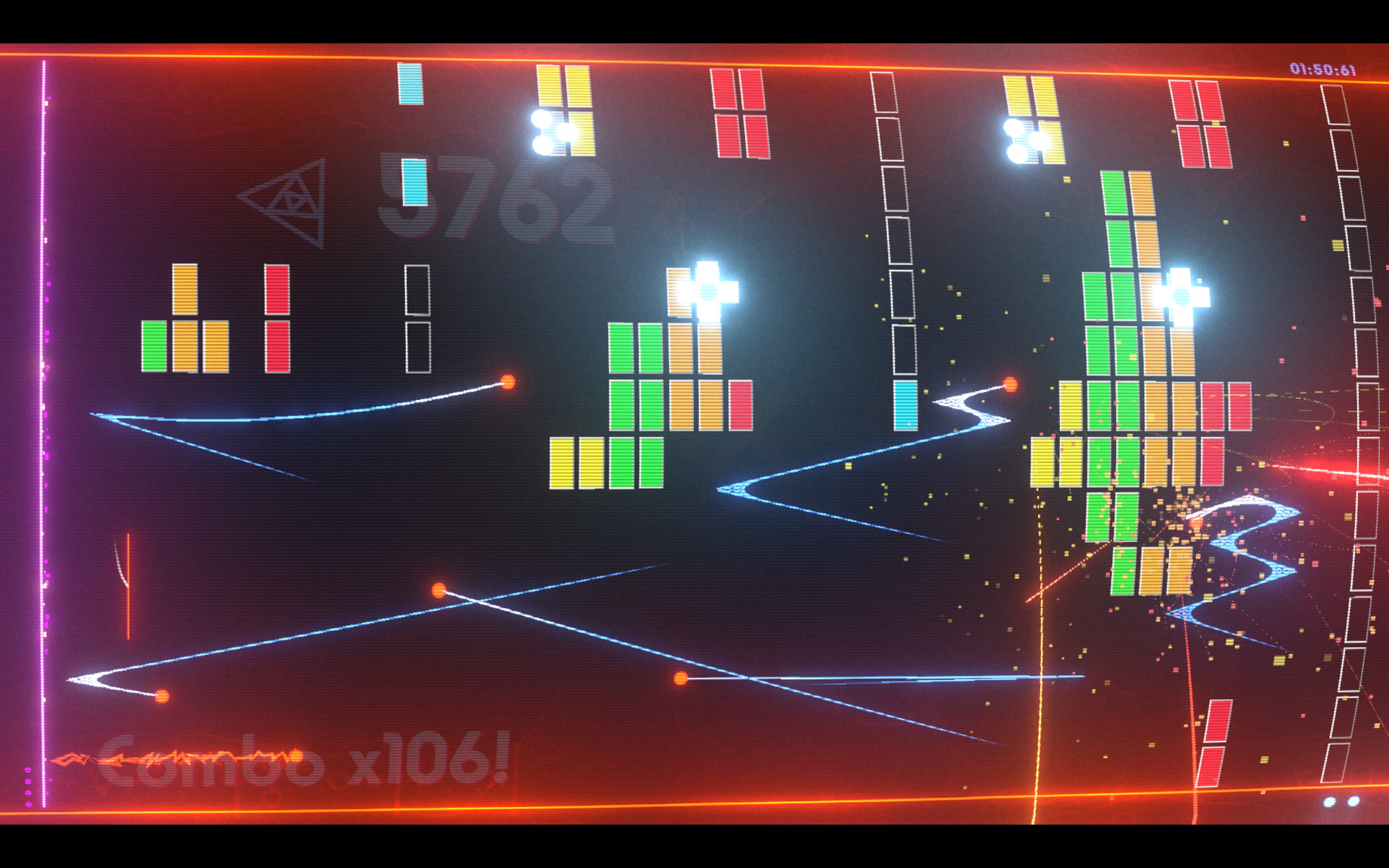
Higher is better
(10/10 is perfect)
Game Score - 88%
Gameplay - 17/20
Graphics - 9/10
Sound - 9/10
Stability - 5/5
Controls - 4/5
Morality Score - 96%
Violence - 9/10
Language - 10/10
Sexual Content - 10/10
Occult/Supernatural - 10/10
Cultural/Moral/Ethical - 9/10
Once you complete Voyage mode, a few new game modes unlock. One is a nice Easter egg, but the other is Infinite mode, which I kind of wish was available from the start. There is a dedicated Infinite mode leaderboard.
I have to say, the way they implemented two-player mode is a ton of fun. It does make the game easier, but I don't really mind that. Basically, you have two paddles on the screen, with one player in front on the top, and the other in front on the bottom. The front and rear place switches in the middle. So, any player can hit any ball if they are fast enough, but both players can still help out. There is only one ball (unless multiball is tripped). My wife and I really enjoyed playing this together, and her opinion of this game was rather high after our session. It doesn't support online play, though it is entirely understandable given the extremely fast reaction time needed when the balls get crazy fast.
Speaking of fast, when the paddle hits the ball, it gets faster and faster each hit, especially if the paddle is moving and imparts spin, which will change the trajectory from a straight bounce to a curved one. Once a ball's combo has reached a certain level, it will electrify and each hit will count for two. It also moves extremely quickly, making it much easier to lose the ball. It is a blast when fast-moving electric balls waste away large barriers quickly, though.
Breakout Beyond has a modern retro art style, and applies a CRT (old-style TV) filter to the image, mimicking a classic Arcade machine. There is a lot of neon glow when things hit, power-ups are triggered, and so on. I do enjoy the art style, even if it's simple. The sound effects and music are great, and also really contribute to the experience. Given the relatively simple graphics, it should run on most modern computers. It also runs perfectly on Linux via Steam Proton, as well as on Steam Deck where it's registered as Playable. The only reason it is not verified is because the menus sometimes doesn't show Steam Deck controller icons.
The only real technical glitch I discovered is related to controls. When trying to play two-player, I needed to have two controllers connected, even if one was using mouse controls. Furthermore, only the second controller worked - I had to use the mouse. It was a strange glitch that I hope gets fixed in a future patch; the developers have been quite responsive on the Steam discussion forums, where I have seen them fix issues others have asked for. I reported this issue there; hopefully they resolve it soon.
Morally, Breakout Beyond is as clean as a whistle. I would let anyone of sufficient skill of any age play this. There are explosions shown on screen, but they just look like a neon glow with bricks disappearing. Humorously, the original game's premise is that a jailbird is trying to escape by breaking bricks, one at a time. There is no reference to this at all in this game, except for in that one Easter egg.
Breakout Beyond is far more fun than I expected when I started playing. It's a perfect game for short bursts, but you might find yourself accidentally playing longer than expected. While I was able to complete the Voyage in around five hours, there is Infinite mode to keep you going if you can't get enough. Regardless, the price is absolutely right for what it is, and if you love classic Arcade games like this, then this a very easy recommendation. Especially with a friend!
